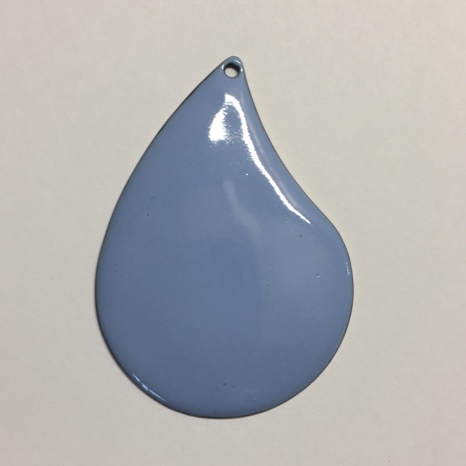No products in the basket.
At W.G Ball we manufacture high quality opaque and transparent vitreous lead free enamels for the industry and craft markets.
To produce a vitreous enamel we start by grading and accurately weighing out the raw materials from a standard recipe, the raw materials are then mixed and sieved ready to be put into crucibles (See Fig 1 – sieving raw mix, Fig 2 – sieve raw mix recipe video) for firing / fritting.




